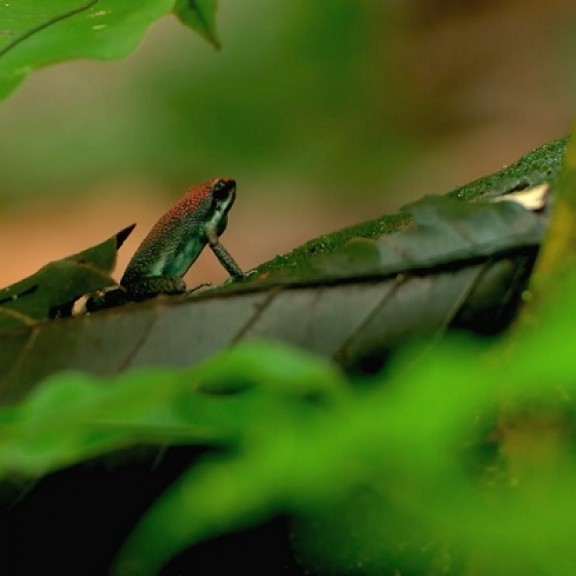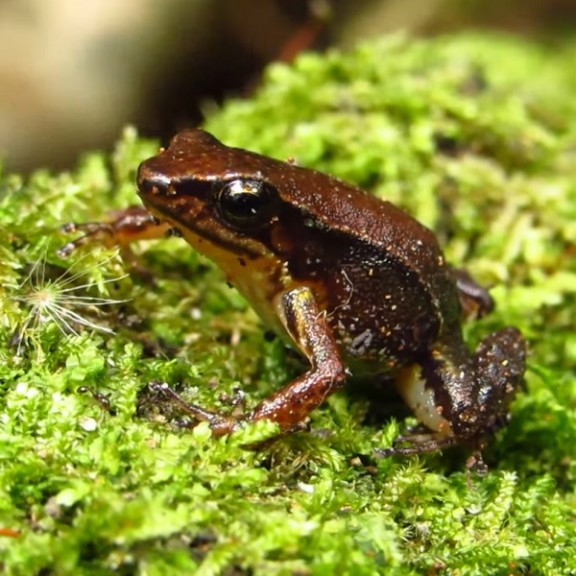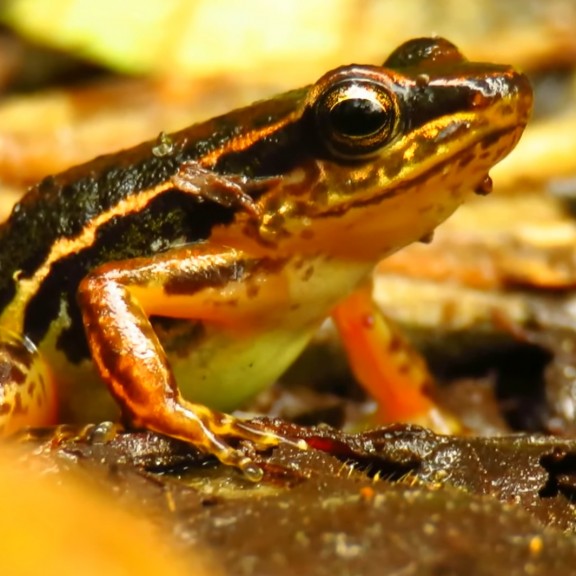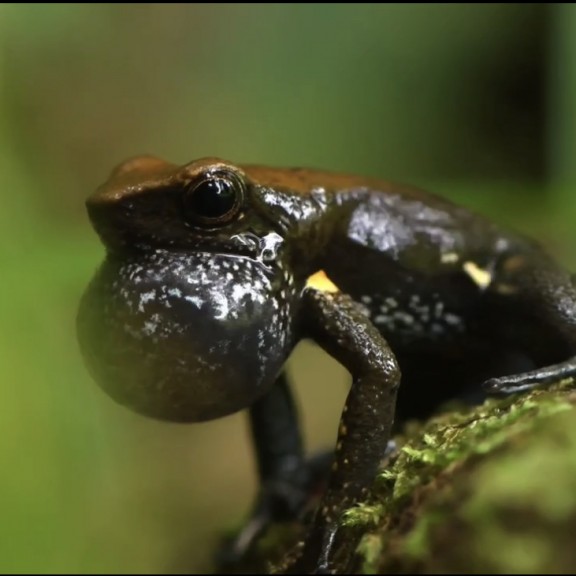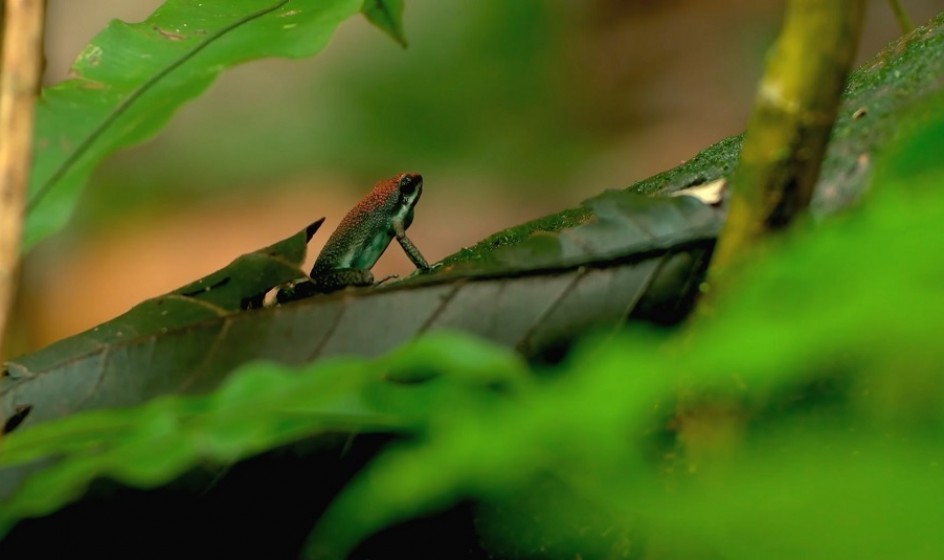

Bello Rocket Frog
Project Fact Sheet
|
Species
|
Bello Rocket Frog (Hyloxalus abditaurantius)
|
|
Threats
|
Cytrid fungus and habitat loss due to human impact
|
|
Project aim |
Establishment of a protected area in cooperation with the local indigenous population, the Emberá. A sub-population of the frogs will be vaccinated against the chytrid fungus |
|
|
|
Protected moorland for the poison dart frogs
The Bello Rocket Frog is endemic to the "Farallones de Citara" a moorland at an altitude of 1,500 to 2,500 m in the Colombian Andes.
According to the IUCN, there are probably fewer than 50 sexually mature individuals left of this critically endangered species (CAMARGO, F. 2020). Threats include the chytrid fungus, habitat loss and the climate catastrophe. Thus, an increase in environmental temperature forces this species to migrate to colder areas at higher altitudes. There, preferred prey is less available, which drastically reduces the chance of survival. The biggest and most urgent threat to the Bello Rocket frog is the destruction of the moorlands caused by local communities through illegal agricultural and mining activities.
In this project Stiftung Artenschutz supports CORPOPARAMOS in the creation of a protected area of (18 km2) for the Bello rocket frog. This area will be free from human influences and will improve the quality of the habitat to increase the reproduction rate of this frog species. At least 25 frogs in the protected area will be vaccinated against the chytrid fungus. Protecting the moor also contributes to climate change mitigation, since the moor acts as a carbon sink and contributes to the Andean water cycle.
It is of utmost importance to involve the indigenous community of the Emberá. The project will be supported by the Emberá tribal council and CORPOPARAMOS will train 100 people from this community in the protection of the Bello Rocket Frog and raise awareness of conservation issues. Especially women will be trained to strengthen their role in the indigenous community. Thus the Emberá community will be transformed from the main threat to the Bello Rocket population to its protectors and will ensure the conservation of biodiversity in the Emberá area.

